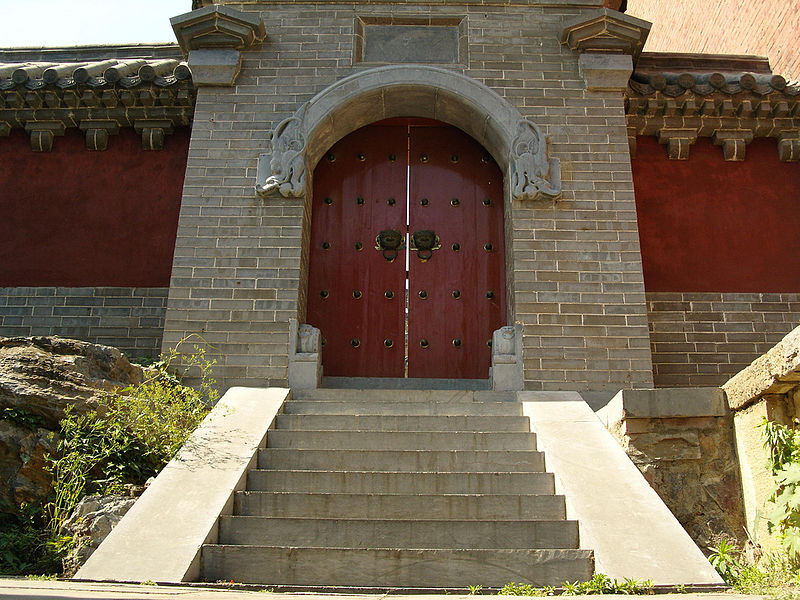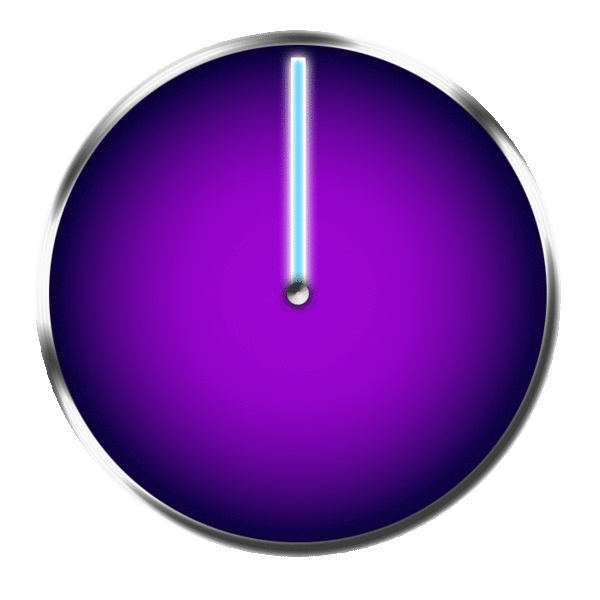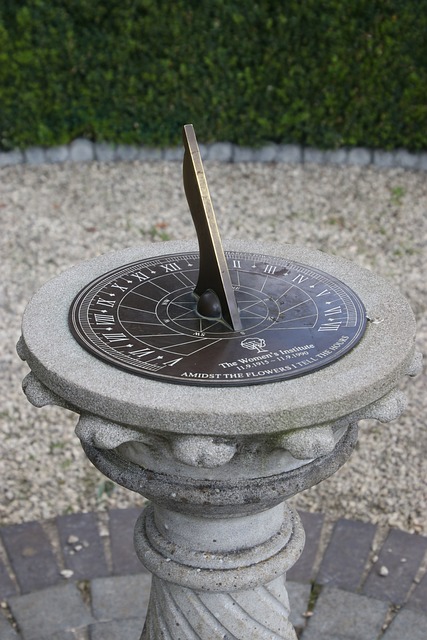





 |
 |
 |
 |
 |
 |
|---|---|---|---|---|---|
 |
 |
 |
 |
|---|---|---|---|
English units have the virtue of being base 2. The ideal base for mathematics is 16 because it's instantly interconvertible with base 2 and 4. Base 10 is a debacle because of the awkward prime factor "5". The world mocks America for using English units but aliens mock humans for using base 10. Ideally, units should be based on Planck units, and the base should be 16.
The English volume units are:
Tablespoon= 4 drams = 3 teaspoons Ounce = 2 tablespoons Jack = 2 ounces Gill = 4 ounces Cup = 8 ounces Pint = 16 ounces = 1.0432 pounds of water Quart = 2 pints Pottle = 4 pints Gallon = 8 pints Peck = 2 gallons Kenning = 4 gallons Bushel = 8 gallons Strike = 16 gallons Coomb = 32 gallons Seam = 64 gallons Keg = 15.5 gallons Barrel = 31.5 gallons Hogshead = 2 barrels Butt = 4 barrels Tun = 8 barrels = 2016 pounds of water = 914 kg = .914 metric tons
Ideally, a keg should be 16 gallons.
These are equivalently units of mass, using the density of water. 1 pint = 1.043 pounds. Ideally, this conversion factor should be "1".
Ideally, length and volume should be connected. For example, make the volume unit equal to 1 cubic inch.
Inches are subdivided by powers of 2.
More English units:
hand = 4 inches foot = 12 inches cubit = 18 inches yard = 36 inches rod = 16.5 feet = Length of a canoo acre = 160 square rods = The the amount of land that an ox can plow in a day mile =5280 feet = 320 rods = 8 furlongs square mile = 640 acres
If time is based on an Earth day, it should be base 16. For example:
Snap = 16-1 day = 90 minute = 5400 second Crackle = 16-2 day = 5.62 minute = 338 second Pop = 16-3 day = .352 minute = 21.1 second Shake = 16-4 day = .0220 minute = 1.32 second
English units tend to have one syllable and metric units tend to have multiple syllables. One-syllable words are good for sports. Possibilities for one-syllable metric units:
kilometer click "click" is standard military jargon decameter dec meter met decimeter hand centimeter cent millimeter mim micrometer mic nanometer nan kilogram kilo, kig, keg Newton newt liter leet density Arch "Arch" for Archimedes action Chuck Energy*time or momentum*distance energy/mass gray The "gray" is a unit for measuring radiation damage power/mass Rag, Ragone Ragone invented the plot of energy/mass and power/mass
Prefixes end in either "a", "i", or "o" and there's no order to it.
Power of 10 Prefix Alternative
21 zetta zetta
18 peta peta
15 exa exa
12 terra terra
9 giga giga
6 mega mega
3 kilo kila
2 hecto hecta
1 deca deca
-1 deci deci
-2 centi centi
-3 milli milli
-6 micro micri
-9 nano nani
-12 pico pici
-15 femto femti
-18 atto atti
-21 zepto zepti
Many units don't have a name. Proposals for names:
speed Stev, Stevin Simon Stevin popularized decimal numbers in Europe in 1585 acceleration Hooke momentum Eul, Euler angular momentum Kep, Kepler Kepler's laws follow from angular momentum conservationn torque Ott, Otto Otto invented the engine that uses gasoline combustion and a piston angular acceleration Lav, Laval Laval invented the momentum turbine and the Laval nozzle heat capacity Lap, Laplace Joule/kg/Kelvin Laplace was one of the discoverers of the fact that heat can be related to kinetic energy density Pyt, Pythagoras Make 1 Pyt = 1 gram/cm3 power/mass Rag, Ragon Ragone invented the plot of energy/mass and power/mass action Lag, Lagrange Energy*time or momentum*distance surface tension Gibbs Newton/meter area Bohr volume Arch, Archimedes
There are units for specific cases that can be generalized, such as:
energy/mass gray The "gray" is used for radiation power/time/meter2 lux The "lux" is a lumen/meter2. The "lumen" is a power weighted by human visual response
We can draw from cgs units, such as:
kinematic viscosity Stokes cm2/second dynamic viscosity Poise gram/second/cm = .1 Pascal*second magnetic field Gauss .0001 Tesla
Some units are redundant, such as:
Hertz = Becquerel = 1/second
 |
|---|
One can define units using constants that are measurable by a low-tech civilization. Options for constants include the duration of a day, the size of the Earth, the density of water, gravitational acceleration, and sound speed.
You need 3 constants to define a set of units. Metric units are based on the duration of a day, the size of the Earth, and the density of water.
The constants that are most accurately measurable for a low-tech civilization are the duration of a day, the density of water, and gravitational acceleration. Gravitational acceleration can be measured accurately with a pendulum. Using these constants produces the following units:
Natural time = T = 16-4 day = 1.32 second Gravity acceleration = g = 1 = At the Earth's surface Natural length = X = 16-2 ½ g T2 = .0334 meter Natural density = ρ = 1 = Water density Natural mass = M = ρ X3 = .0371 kg
Such units make the introductory physics class easier.
Pendulum period = 2 π (Length / g)½
If units are based on the speed of sound:
Natural time = T = 1 Day Natural speed = V = Sound speed Natural length = X = V T Natural density = ρ = Water density Natural mass = M = ρ X3
Electron units are natural for chemistry.
Electron mass = m = 1 Electron charge = e = 1 Reduced Planck constant = ℏ = 1 Speed of light = c = 1 = electron length / electron time Fine structure constant = α = ke2/(ℏc) = .007297 = 1/137.06 dimensionless Electron length = R = ℏ/(mcα) = 1 Bohr radius = 5.292e-11 meter Electron energy = E = α2mc2/2 = 1 Bohr energy = 13.6 eV
It's more practical to base units on the electron charge than the Planck charge.
It's more practical to set the electron mass to be 1 than to set G=1. G matters only to niche crowds like gravity theorists and string theorists.
It's convenient to base time on the Earth day, but this clashes with units based on fundamental physics constants such as {ℏ, c, G, e, me}.
-2700 Cubit defined in Ancient Egypt. The cubit had different length in different parts of the world -2000 System of hours, minutes, and seconds developed in Sumer 1215 Quart defined by the Magna Carta 1300 English pound defined. 1 avoirdupois pound = 16 avoirdupois ounces 1565 Second defined. Clocks were previously too inaccurate to measure such short timescales 1676 Speed of light measured by Romer, using Jupiter's moons as a clock 1785 Coulomb's law 1799 Metric units, using the Earth day, the size of the Earth, and the density of water 1881 Stoney units, using the speed of light, the electron charge, and the gravity constant 1900 Planck constant 1900 Planck units, using the speed of light, the Planck constant, the electromagnetic force constant, and the gravity constant 1908 Proton mass and charge measured using Brownian motion by Perrin 1909 Electric mass and charge measured by the Millikan oil drop experiment
A clock can measure longitude. At sea, you can see 30 km, which corresponds to 65 seconds. If you're at sea for 1 month, the accuracy requirement is 2 seconds per day. Harrison's clock in 1772 delivered an accuracy of .3 seconds/day. James Cook used it to chart Pacific islands.
 |
 |
|---|---|
Accuracy Seconds/day of error
-3500 Shadow clock .01 1000
-1500 Water clock .01 1000
-1200 Sundial .001 100
880 Candle clock .01 1000
1360 Escapement+gravity
1430 Spring clock .01 1000
1502 Pocket watch .01 1000
1656 Pendulum clock .0002 15
1772 Harrison clock .000004 .3 Diamond escapement
1927 Quartz clock .000006 .5
1950 Atomic clock e-10 e-5
2024 Atomic clock today e-17 e-12
2024 Rolex today .00002 2
If units are based on Planck units and if they're base 16,
Planck length = L = 1.616255e-35 meter Planck mass = M = 2.176434e-8 kg Planck time = T = 5.391247e-44 second Planck charge = Q = 1.8755e-18 Coulomb = 11.7 e Electron charge = e = 1.602e-19 Coulomb Planck temperture = S = 1.416784e32 Kelvin
Human units:
Base length = l = L * 1628 = .0839 meter Base mass = m = M * 166 = .365 kg Base time = t = T * 1636 = 1.202 second Base charge = q = e * 1616 = 2.955 Coulomb Base temperture = s = S * 16-27 = .437 Kelvin
digit = 3/4 inch
finger = 7/8 inch
palm = 3 inches
hand = 4 inches
span = 9 inches
foot = 12 inches
cubit = 18 inches
yard = 36 inches
ell = 45 inches
fathom = 6 feet
Chain = 66 feet
furlong = 660 feet
mile =5280 feet = 320 rods = 8 furlongs
knot =6086 feet
league = 3 miles
rod = 16.5 feet = Length of a canoo
acre = 160 square rods = 1 chain X 1 furlong = 10 square chains
= The the amount of land that an ox can plow in a day
square mile = 640 acres
perch = 1 square rod
square chain = 16 perches
cord = 128 cubic feet (8x4x4)
dram = 27.34 grains
grain, unit = .06480 gram
grain, barley = .065 gram
grain, wheat = .050 gram
grain, carob = .200 gram
stone = 14 pounds (unit of mass)
Short ton = 2000 pounds
Long ton = 2240 pounds
Metric ton = 2204.6 pounds
1 Tun volume of water = 2103 pounds
drachma = 6 obols
Greek drachma = 4.37 gram
Roman drachma = 3.41 gram
Paper;
Quire = 25 sheets Ream = 20 quires = 500 sheets Bundle = 2 reams = 40 quires = 1000 sheets Bale = 10 reams = 200 quires = 5000 sheets = 1 box
The High School Science Olympiad has a "Fermi contest", where you estimate quantities using back-of-the-envelope calculations. You also have to estimate metric quantities by eyeball, without measurement devices. It's more accurate to eyeball in base 16 than base 10.
 |
|---|